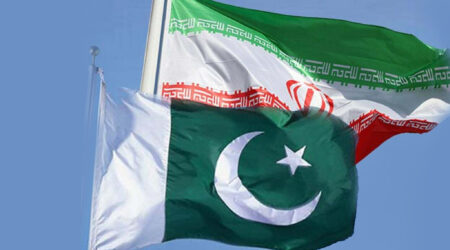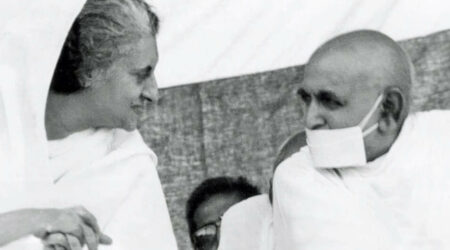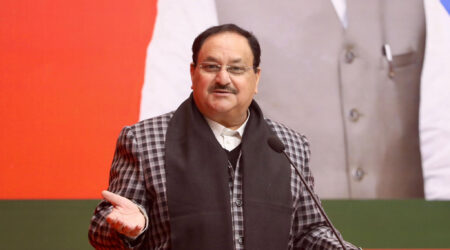By Bal Ram Singh, PhD
A system of chakra enlightened life needs life experience-based communication with others around us. Communication is a reality for humans, animals, plants, and even microbials. We all communicate things in one way or the other. Terms related to communication are community, commonality, communism, etc. The word communication is derived from the Latin word ‘Communis’, which means common.
The Sanskrit term ‘Sadharanikaran’ in Bharata’s Natya Shastra is usually associated with communication. ‘Sadharanikaran’ is a social process which can be achieved only among Sahridayas, people with a capacity and willingness to receive messages. Sahridayas literally means ‘of one heart’.
This is an innate ability acquired through culture of adaptation or learning. This ancient Indian concept of communication is derived from the aesthetic theory of ‘Rasa’, which literally means taste. There are nine forms of Rasa which are used to communicate the sthayi bhavas or permanent moods. A common experience in food, weather, and language is essential for proper understanding of anyone, and thus the Chakravarti system can only be sustainable at the local level.
The local living is an Ayurvedic recommendation for a healthy system of living. It is notable that the Kosal raj of Ram, and his ancestors was a relatively small area, and such were other kingdoms, A Chakravarti king did not have any territorial dominance, it was in fact a moral and dharmic dominance. Even within the kingdom the unit of living was a village, not even a city. Even during the Mahabharat period, the village was a unit of living, as Shri Krishna asked for five villages for Pandavas.
A culture is quite heavily carried through food, dress, and language with native or regional connotations. This was also true in the ancient times, when long distance travels were limited. This made the source of food, dresses, and even language of communication very local. Over the years, human ingenuity produced variations in culinary preferences, sartorial sense, and exchange of ideas.
In this context I would like to recall a saying in Hindi, कोस कोस पर बदले पानी, चार कोस पर वाणी, meaning that the water quality could be different every 2 miles, and every 8 miles the language changes. Thus, understanding the language is very important to get a sense of a culture. Therefore, for understanding the Chakravarti system to which Ram’s Raghukul belonged, its local language Avadhi holds the key.
Avadhi is spoken by over 65 million people throughout the world, including places like Fiji, Mauritius, Caribbean countries and also in some pockets of American and European continents. Its linguistic overlap and affinity with Bhojpuri, Angika, Bundelkhandi, Bengali, Marathi, etc. make the ambit of this language even more widespread.
But, with the passage of time, sometimes quaint expressions, monologues, or dialogues have created problems in their interpretation. Half-part of one chaupai (four stanzas) from the Ramacaritamanasa is an example of similar situation.The caupai reads:
Dhol gamvar sudra pasu nari, ye sab tadan ke adhikari.
Misleading translation of part of a larger passage, the final stanza “dhol gamvar sudra pasu nari, ye sab tadan ke adhikari” without getting into the context and understanding social milieu of those times has often evoked sharp reactions from the readers I personally feel that a mount out of a molehill has been made in the mis-interpretation of this chaupai due to vested interests of some scholars.
They wanted to show the local culture and their proponents (in this case Tulsidas ji) in a bad light. In a recent book, Dhol Gamvar Sudra Pasu Nari (Editor- Bal Ram Singh, INADS Press, 2021) the scholars look into this issue from two perspectives – right context and appropriate meaning of the verb “tadan”, which is hidden in the social milieu of Avadh and Avadhi, without understanding of which no one can grasp the narrative of Tulsidas.
This may defeat the very purpose due to which he had opted for Avadhi to sing the glory of lord Rama in place of Sanskrit. The articles have demonstrated how Tulsidasa had used the verb “tadan” in the context of “tad gaye” (having understood or grasped), which have similar expressions in Marathi, Bengali, Bhojpuri, and other Indian languages also. Once used in the right frame of reference, this verb conveys a totally different meaning when it gets associated with words like “dhol”, “gamvar”, “sudra”, “pasu”, and “nari”.
The local living system for common experience for common governance, the idea Mahatma Gandhi had proposed as Gramrajya to Ramrajya, the concept of Gamvar or गँवार (a villager) is shown to perform a far more complex set up social, political, economic, and sustainable actions, fully connected with the soil, and serving the humanity, and is the life of the society like the prana, thus representing the air element of the Panchabhuta, and thus the foundational basis of the Chakravarti system.

Balram Singh is a Professor and the President of the Institute of Advanced Sciences, Dartmouth, Massachusetts, researching Ayurveda, Yoga, Vedic education, and Vedic social and political traditions. He is also an adjunct faculty at Jawaharlal Nehru University (JNU), New Delhi.












